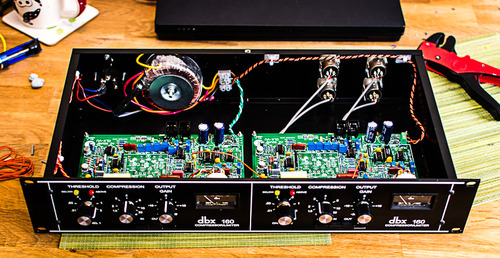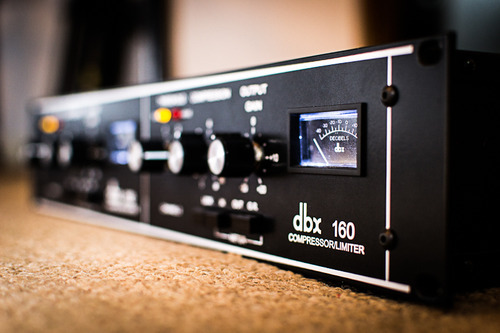Shot,
I'd defo try to stick within the 1% range, do you have any similarly high value resistors to see if your DMM is misbehaving? Last time that happened to me I needed to change the batteries... :-[ :-[ :-[
I finished mine about the same time as Majestic12 but didn't want to share the limelight!
Pics of the finished unit:



Cheers,
Ian.
I'd defo try to stick within the 1% range, do you have any similarly high value resistors to see if your DMM is misbehaving? Last time that happened to me I needed to change the batteries... :-[ :-[ :-[
I finished mine about the same time as Majestic12 but didn't want to share the limelight!
Pics of the finished unit:



Cheers,
Ian.














